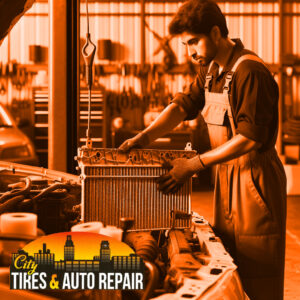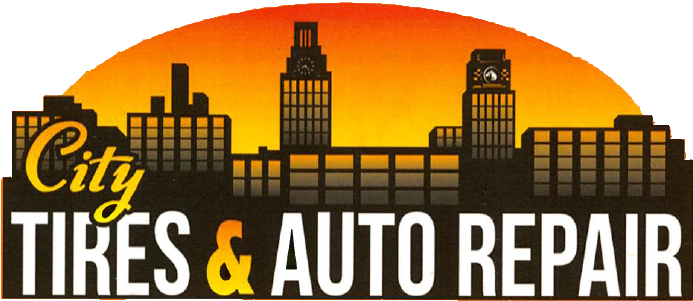Radiator

Radiator Inspection:
Technicians check the radiator for leaks, corrosion, and other damage. They also inspect the hoses and connections to ensure everything is in good condition.
Radiator Flush:
This service involves flushing out old coolant and debris from the radiator and refilling it with fresh coolant. It helps maintain the efficiency of the cooling system and prevents overheating.
Radiator Repair:
If there are minor leaks or damage, technicians can repair the radiator. This might include patching leaks, replacing damaged hoses, or fixing connections.
Radiator Replacement:
When the radiator is beyond repair, it needs to be replaced. This service includes removing the old radiator and installing a new one, ensuring the cooling system functions properly.
Thermostat Replacement:
The thermostat regulates the flow of coolant. If it’s faulty, it can cause the engine to overheat. Replacing the thermostat ensures the cooling system operates efficiently.
Coolant Leak Repair:
Technicians identify and fix any leaks in the cooling system, including the radiator, hoses, and connections. This prevents coolant loss and overheating.
Radiator Cap Replacement:
The radiator cap maintains the pressure in the cooling system. A faulty cap can lead to leaks and overheating. Replacing it ensures the system remains sealed and functions correctly.
These services help keep your vehicle’s cooling system in top shape, preventing engine overheating and ensuring smooth operation. If you notice any signs of radiator issues, such as coolant leaks, overheating, or unusual noises, it’s a good idea to have your radiator checked by a professional.
